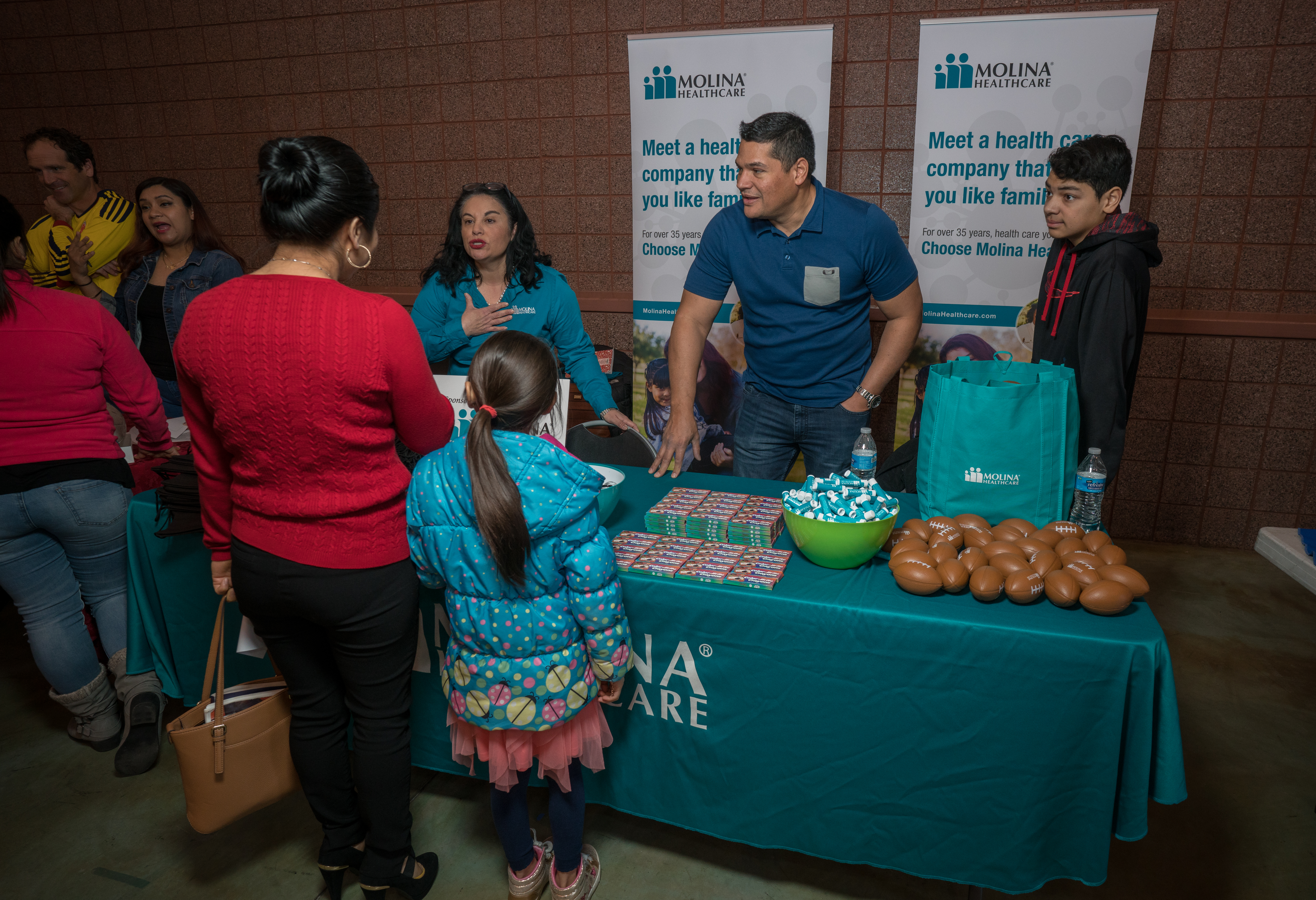 Molina Healthcare recently supported the third Solomon Fund registration event. At the event, families were able to register for a variety sports and recreational opportunities, as well as connect with other valuable resources in our community. In alignment with Molina Healthcare’s advocacy efforts to form healthy habits, we recently had an opportunity to speak with Dr. Brown and he left us with the following thoughts:
Molina Healthcare recently supported the third Solomon Fund registration event. At the event, families were able to register for a variety sports and recreational opportunities, as well as connect with other valuable resources in our community. In alignment with Molina Healthcare’s advocacy efforts to form healthy habits, we recently had an opportunity to speak with Dr. Brown and he left us with the following thoughts:
1. What trends are we seeing at a national level when it comes to low-income communities engaging in physical activity?
- There is an awareness of the activity level differences in low vs. moderate to high income level areas. Nationally we see that safety, geography (traffic/roads, lit areas with activity friendly surfaces, necessary transportation), finances, and availability of clubs/leagues. We hear talk of inner cities expanding nature zones and playgrounds, but the reality is that urban playgrounds and parks are often littered with broken glass, drug paraphernalia, and other unsightly items, resulting in parents not allowing their children to use these spaces for physical activity.
- We see the expansion of social media, and lower-income individuals turning to activity through these means rather than risking it in an unsafe neighborhood. As well, social media has skewed the perception of self, well-being, and health. Much of the body issues our youth have are related to social media trends.
- In schools we see pressure on academics, with reduction of recess play time. The school day has been extended without addition of extra time for movement.
- Fear of lawsuits, unsavory adults loitering near playgrounds, and the lack of qualified adult supervisors also result in less activity in lower-income areas.
- Municipalities also are not emphasizing activity/recreation in their public planning/policy as budgets have tightened in many major urban areas in the last decade.
2. What are the main benefits of leading an active life?
- Active lifestyles are associated with lower rates of diabetes, hypertension, obesity, coronary heart disease, stroke, and depression.
- Fun! Improved/strengthened relationships.
3. How can a working parent, sometimes two jobs, get creative with getting out and moving?
- Parks, leagues, free yoga classes, community health centers, community recreation facilities, in-home work outs (P90X style)…You don’t need a gym.
- Being physically active is something we learn socially. Our children learn to identify with what they see and hear. Making physical activity centered around friends and family, without gender discrimination. Physical activity then becomes a means of self-expression and creativity.
We greatly appreciate Molina Healthcare’s support and work in the community.